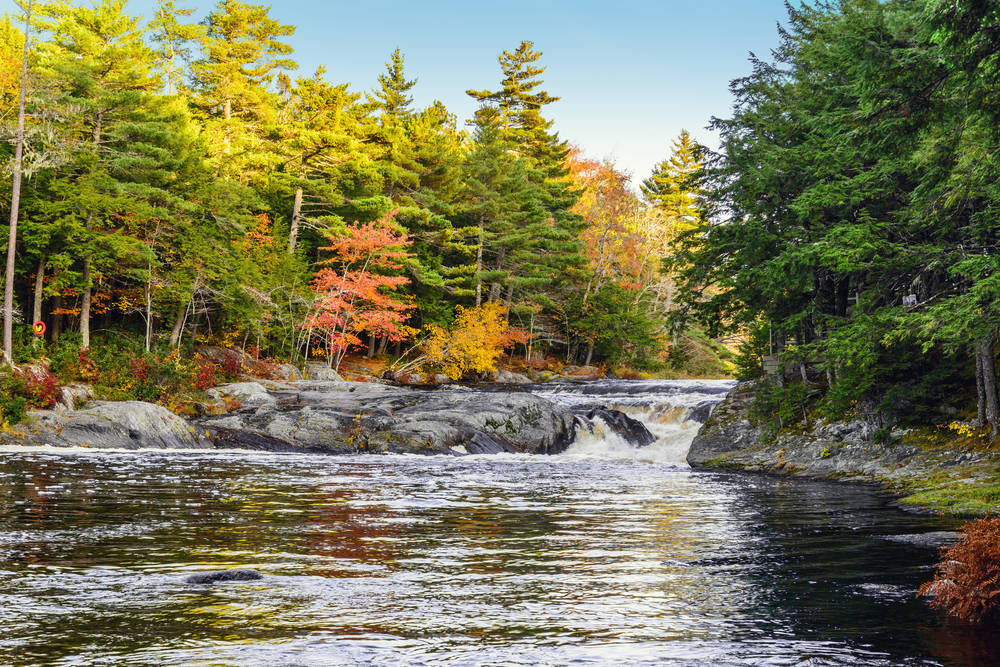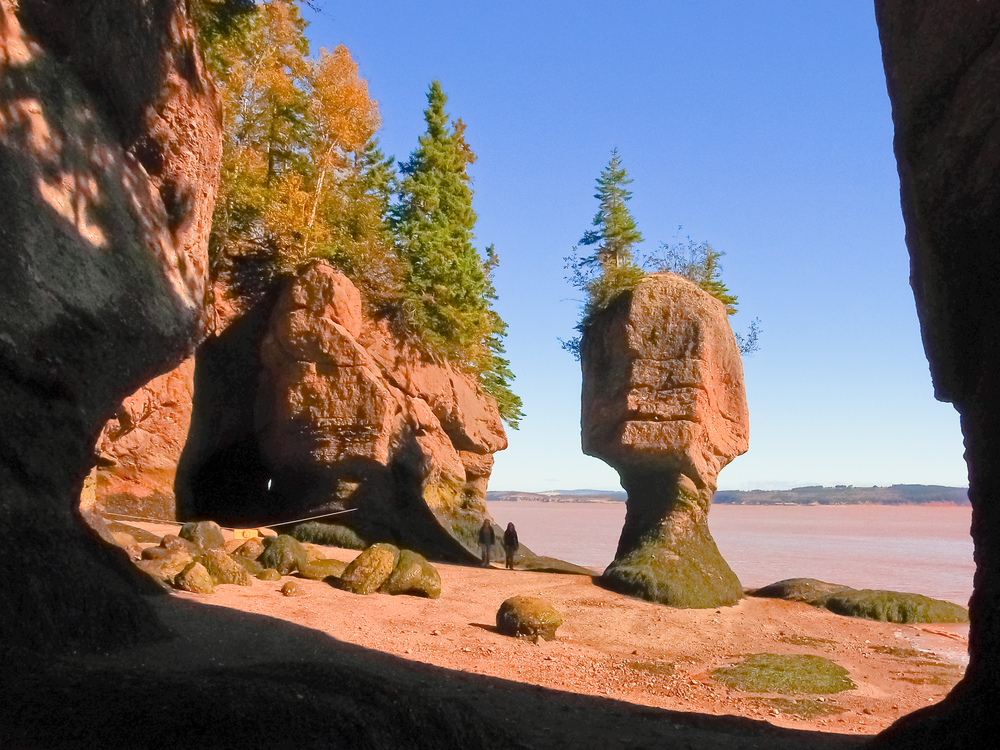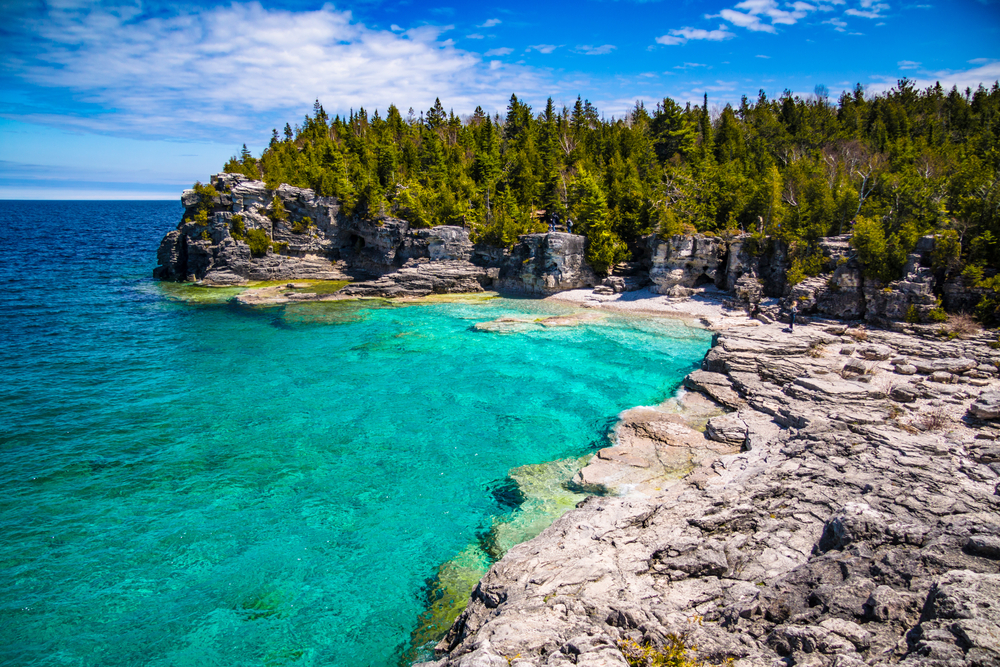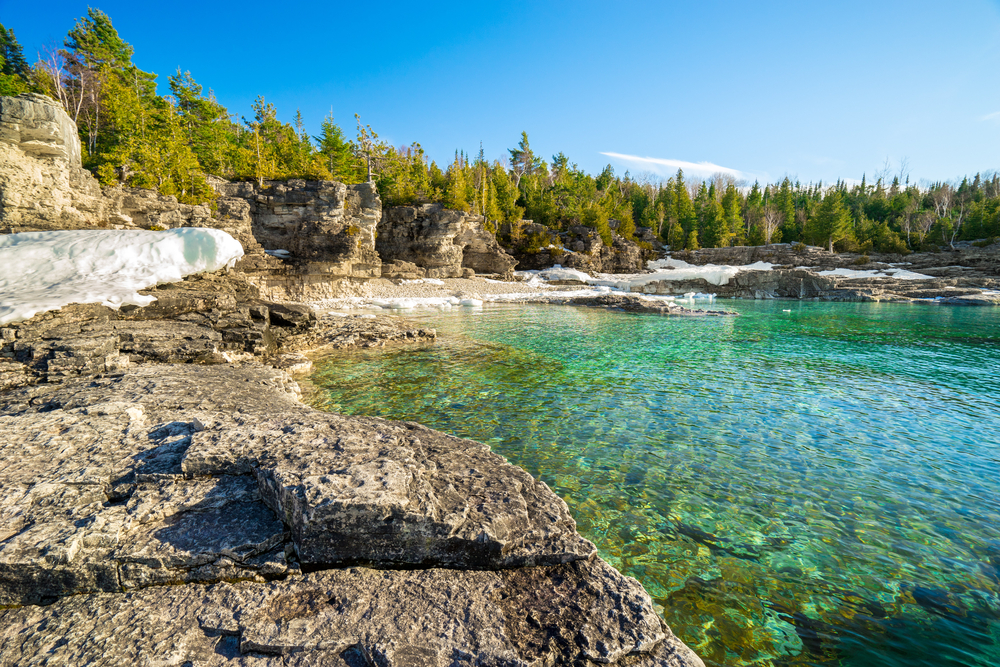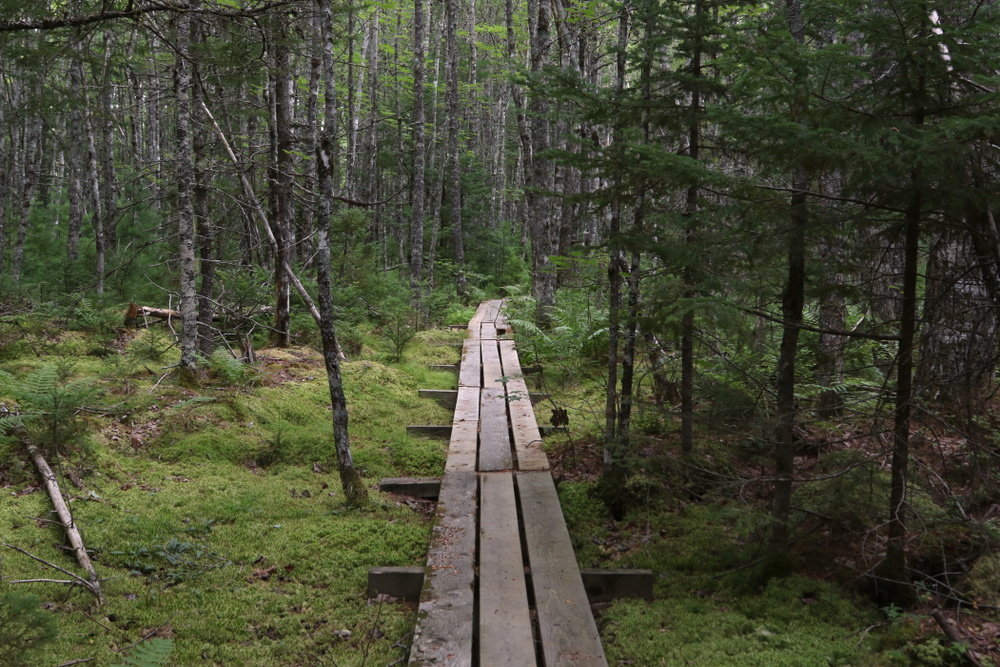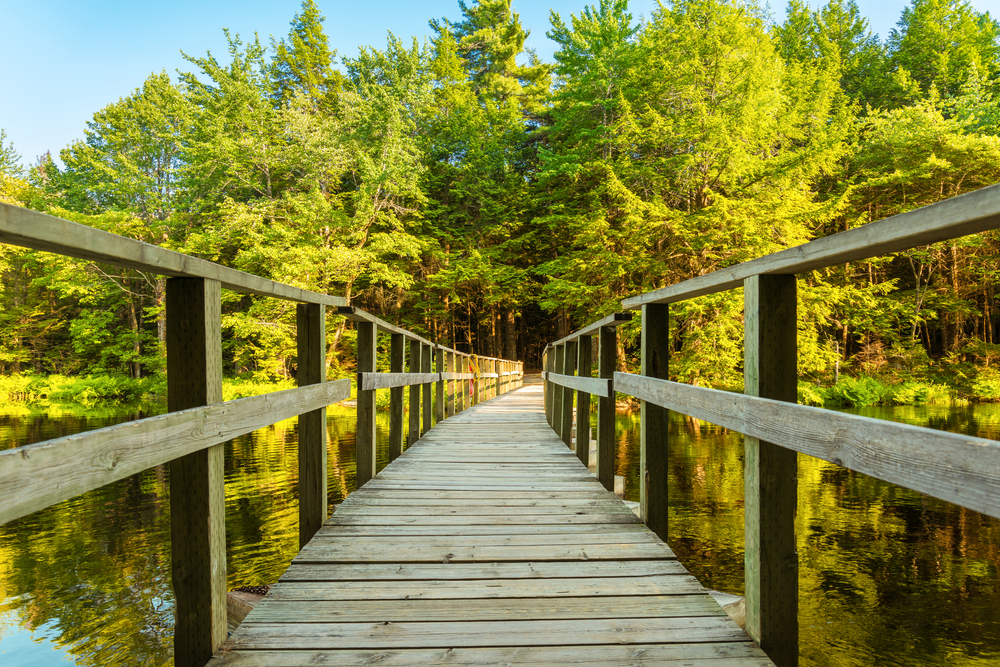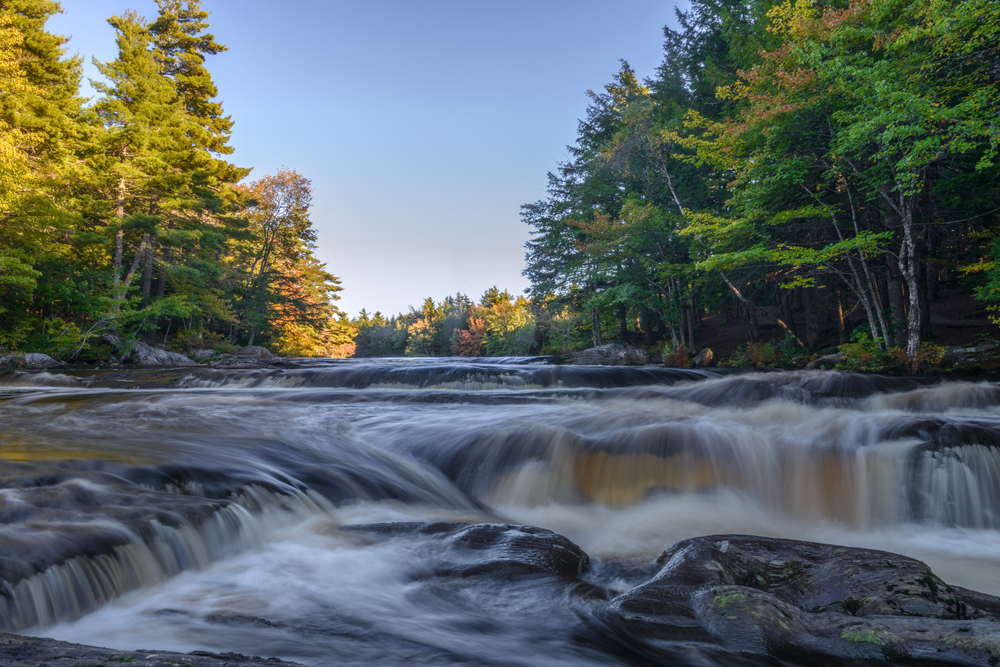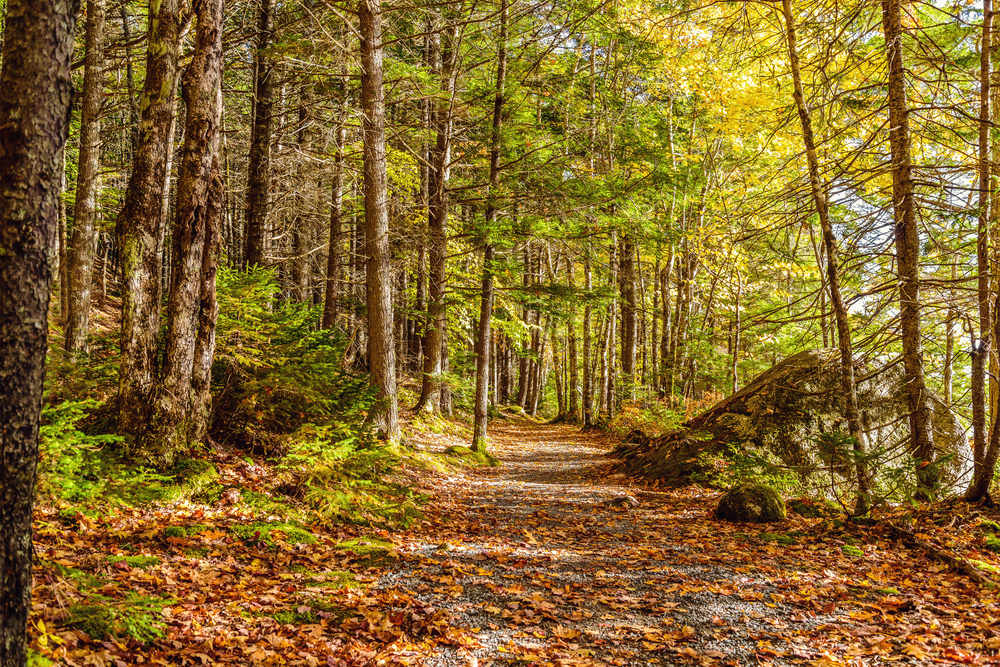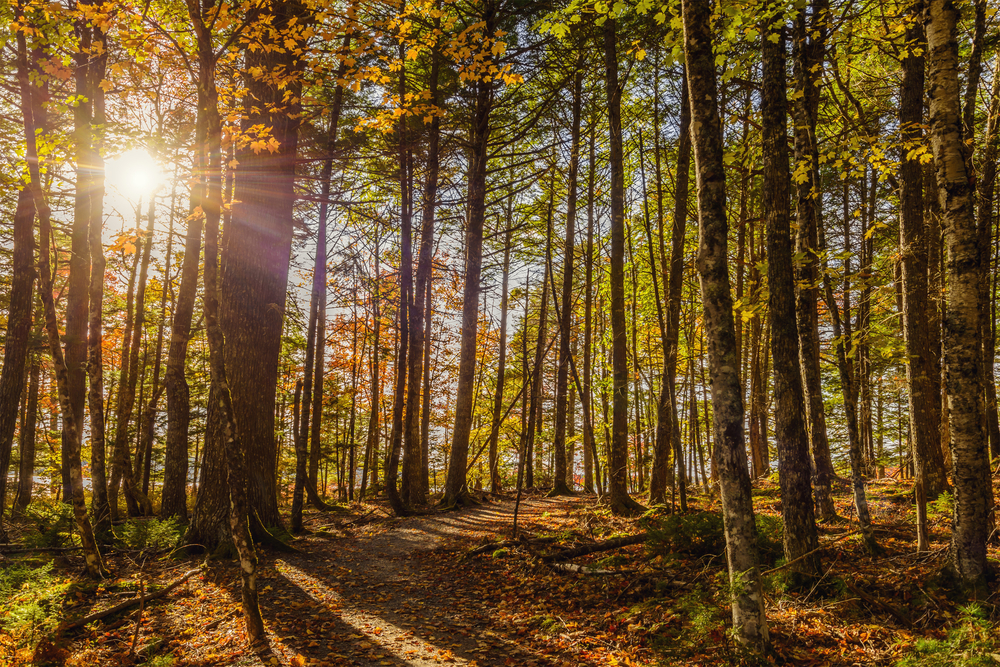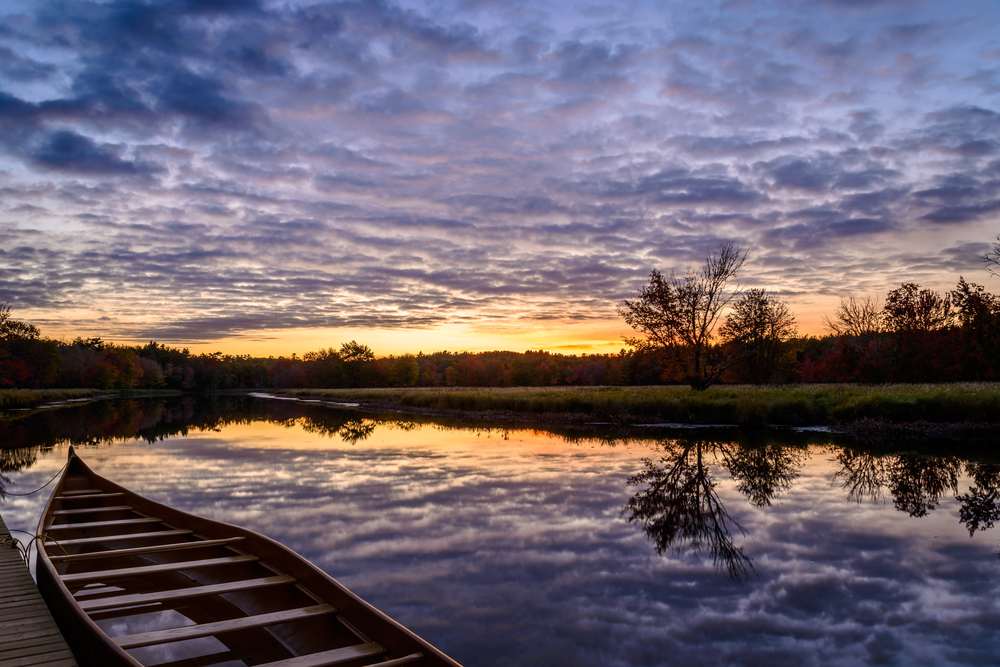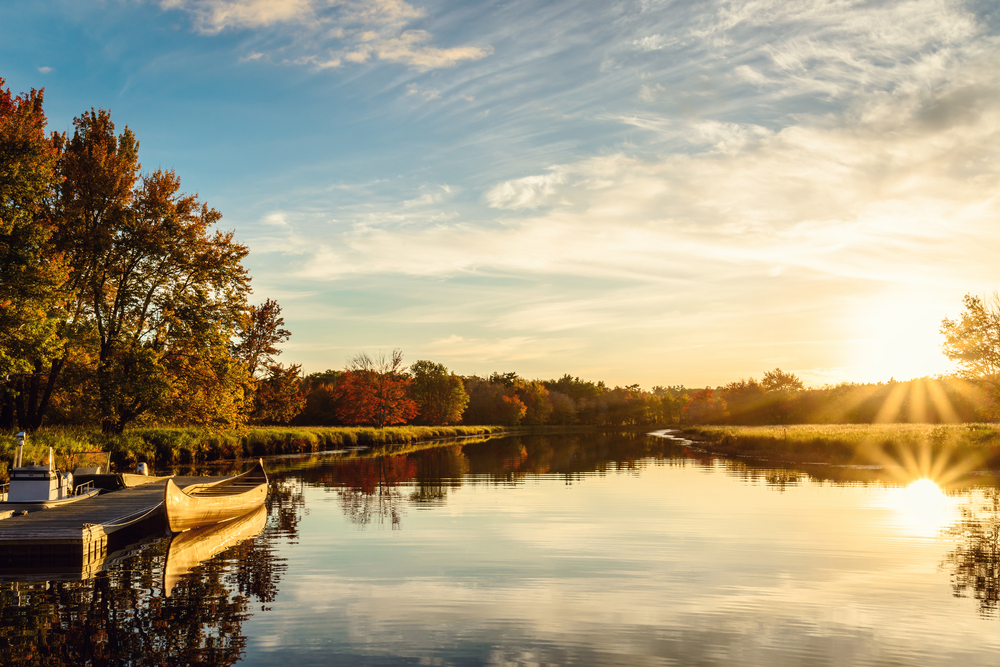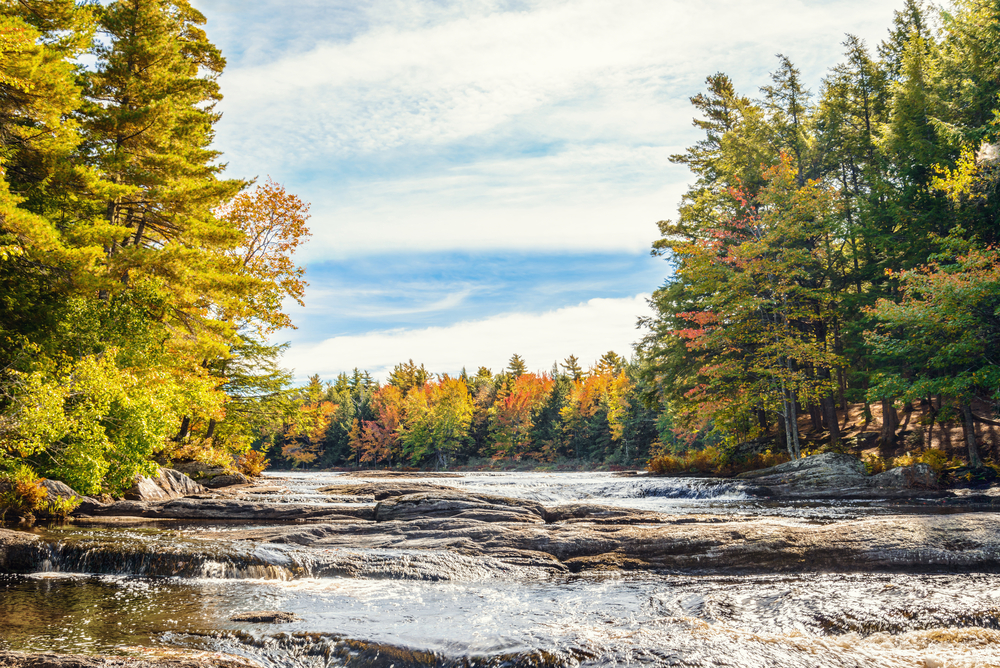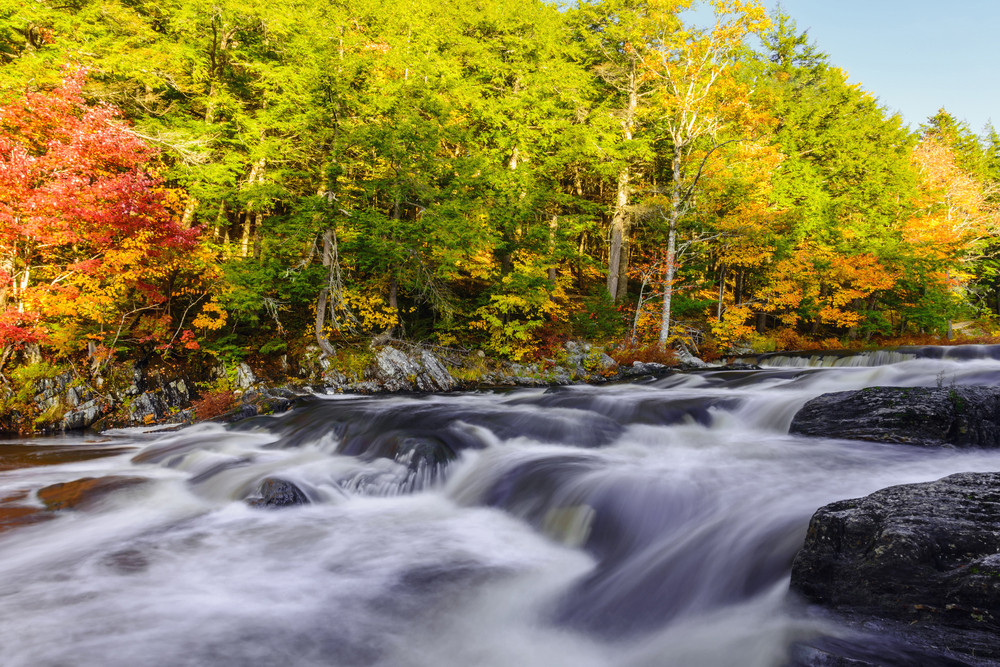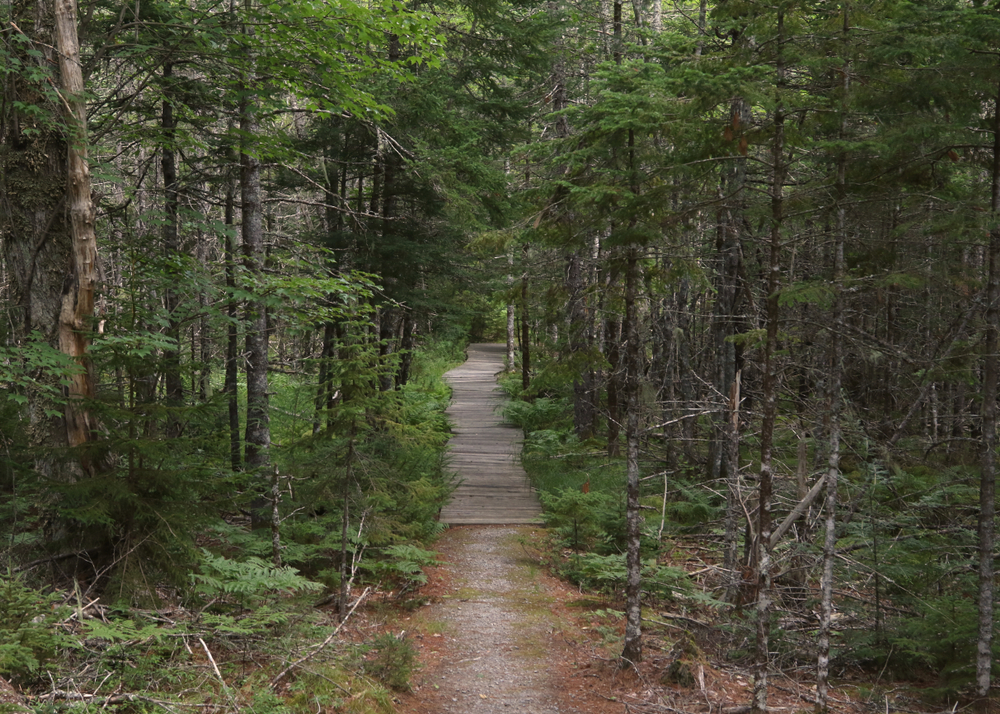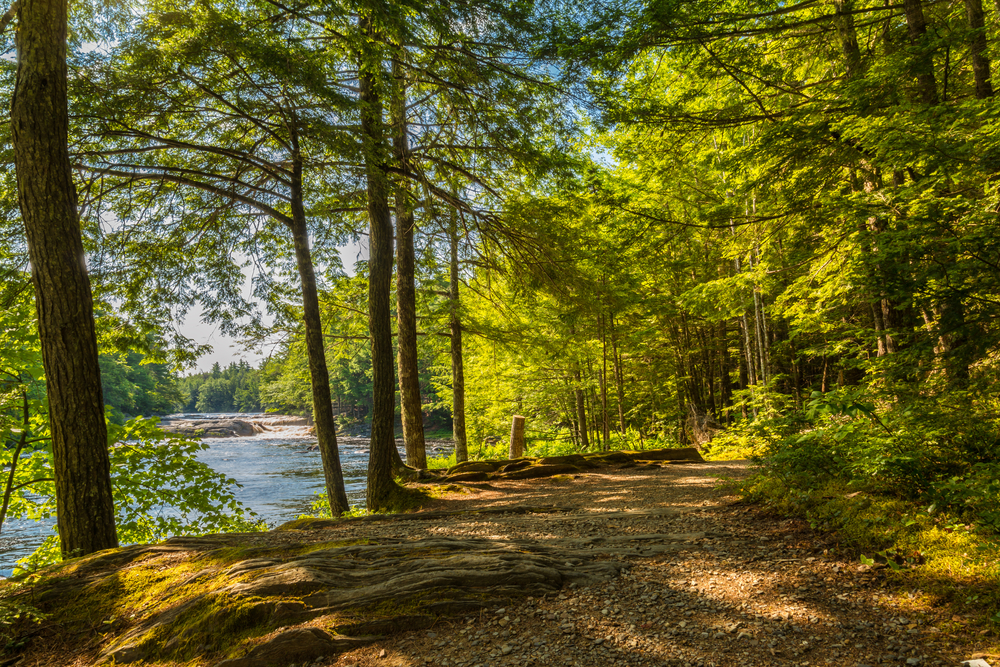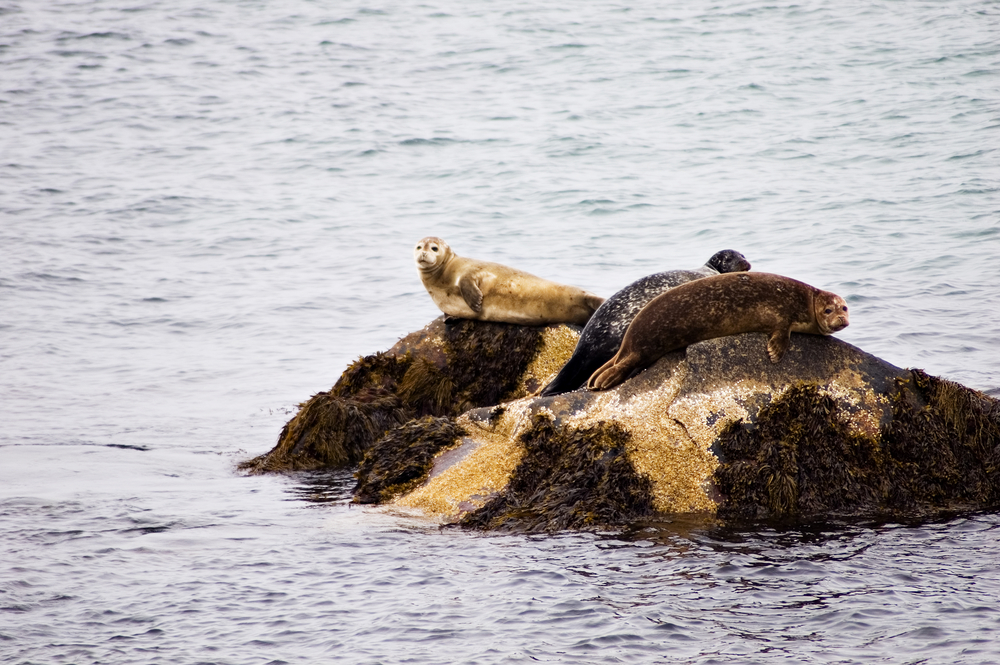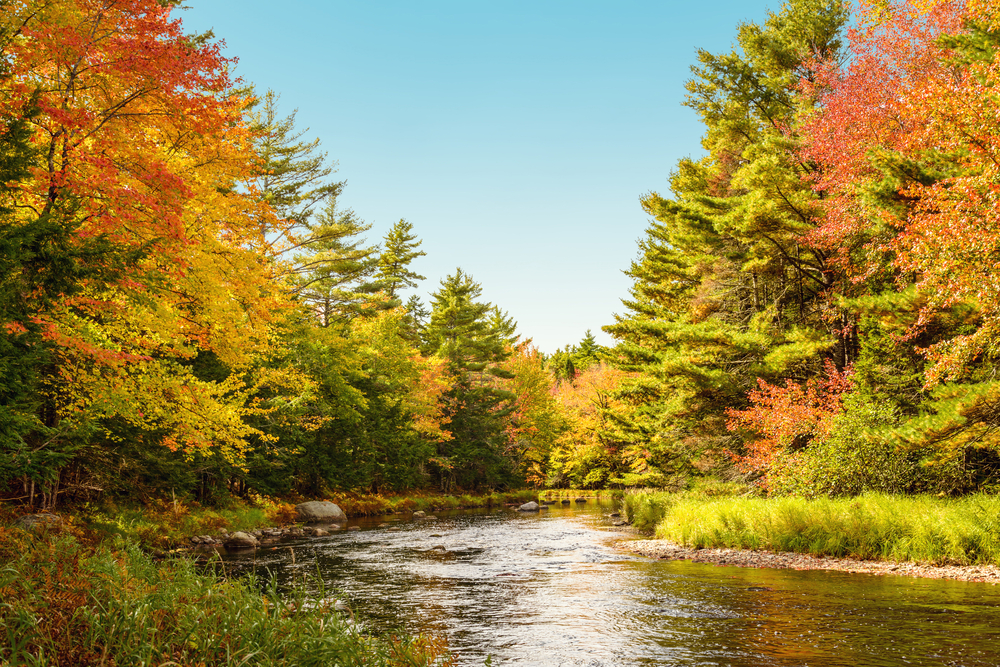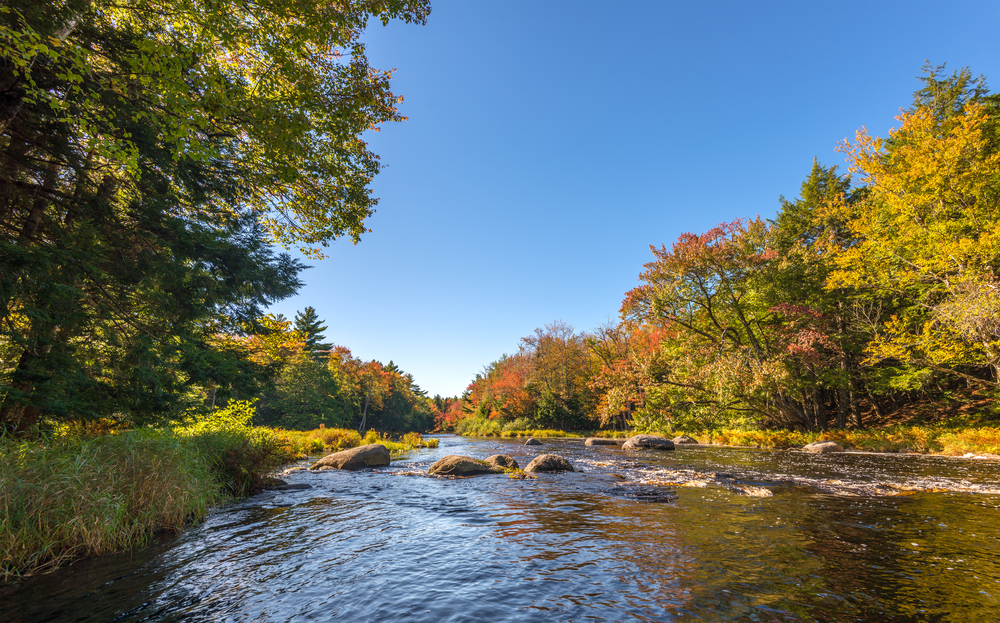Popular
Kejimkujik National Park, nestled in Nova Scotia’s picturesque wilderness, is a haven for a diverse range of wildlife species, each playing a role in the park’s vibrant ecosystem and offering visitors a chance to connect with nature’s untouched beauty.
Blanding’s Turtle Endangered and cherished, Blanding’s Turtle is easily recognized by its bright yellow throat and dome-shaped shell, thriving in the park’s freshwater habitats.
Common Loon The haunting call of the Common Loon, a symbol of Canadian wilderness, resonates across Kejimkujik’s lakes, captivating visitors with its eerie beauty.
White-tailed Deer Graceful and ubiquitous, White-tailed Deer are frequently observed throughout the park, browsing in meadows and forest edges at dawn and dusk.
Snap Turtle The formidable Snapping Turtle, with its powerful beak and prehistoric appearance, inhabits the park’s slow-moving waters, often basking on logs.
Monarch Butterfly Migratory and mesmerizing, Monarch Butterflies add a splash of color to Kejimkujik, especially during their migration, highlighting the park’s role in their journey.
Red Fox Adaptable and cunning, the Red Fox is a common sight, its reddish fur and bushy tail visible as it hunts or explores across various habitats.
Barred Owl The mysterious Barred Owl, with its distinctive “who cooks for you” call, is often heard at night, a ghostly presence in the park’s forests.
Ribbonsnake The threatened Eastern Ribbonsnake, slender and swift, slithers through the park’s wetlands and along water edges, a rare sight for the keen observer.
Atlantic Salmon Once abundant, efforts are underway to restore Atlantic Salmon to the park’s rivers, symbolizing hope for the revival of this iconic species.
Wood Turtle The Wood Turtle, with its sculpted shell and terrestrial habits, meanders through the park’s forests and streams, an ancient dweller of the landscape.
Kejimkujik National Park’s wildlife, from the serene Common Loon to the elusive Wood Turtle, paints a picture of the rich biodiversity within this protected area, offering visitors a unique opportunity to observe and appreciate the natural inhabitants of Nova Scotia’s wilderness.








































































